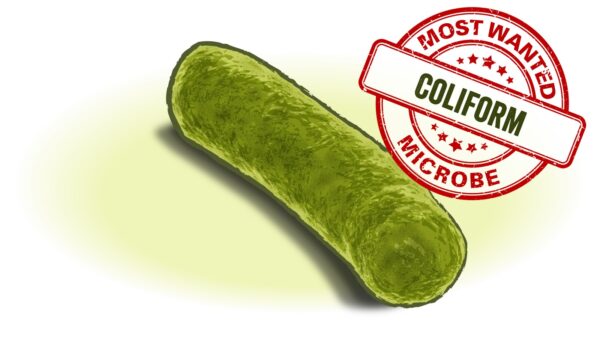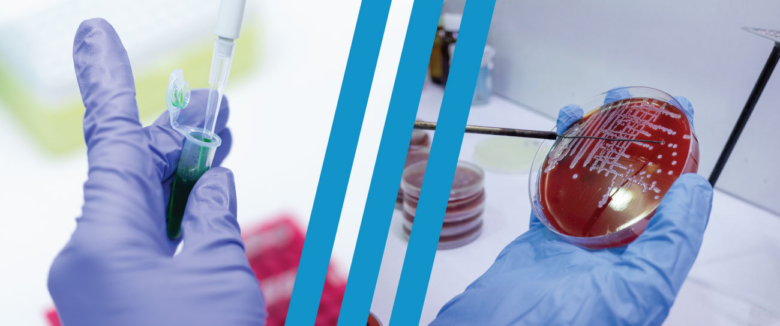From the editor:
This is the ninth post in an ongoing series profiling microorganisms of particular significance in water and wastewater systems. In this series we will cover microorganisms of many types including some that are beneficial, inhibitory and pathogenic.
Coliforms are a group of gram-negative, rod-shaped bacteria that generally belong within the family of Enterobacteriaceae. They can be found naturally in soils and within the intestines of warm-blooded animals. Escherichia coli (E. coli), which was covered in a previous article in this series, is likely the most infamous species in the coliform group, as pathogenic strains, 0157:H7 and 0104:H4, have been responsible for several notable outbreaks of food and water-borne illnesses. The severity of E. coli symptoms can vary. They could include nausea, vomiting, mild fever, and headaches, or in severe cases, an infection could cause hemorrhagic diarrhea or kidney failure.
Besides these outbreaks, coliforms are most notable for their routine use as indicator organisms for fecal or general microbial contamination. Depending on the application, common tests might measure total coliforms, fecal coliforms, or specifically E. coli. Total coliform testing measures all bacteria within the coliform group, including species found naturally in our environment and those that grow exclusively in the digestive systems of warm-blooded animals. Consequently, a positive result does not necessarily indicate fecal contamination, but instead it might mean that a treatment process has failed or biological regrowth is occurring. Fecal coliform test methods measure only thermotolerant coliform bacteria, which are typically associated with fecal contamination; however, it is worth noting that some of these species such as Klebsiella, Enterobacter, and Citrobacter can be found in both fecal and non-fecal environments. For this reason, E. coli testing is typically the preferred method for specifically indicating fecal contamination.
Coliforms are regulated as indicators in many industries and jurisdictions. Total coliform testing is widely used in the drinking water industry. For example, in the United States, it is required by all public water suppliers under the Revised Total Coliform Rule. In the wastewater industry, effluent requirements for fecal coliforms and/or E. coli are common. E. coli testing is also used to monitor hygienic practices in food processing and to indicate pathogenic risks in recreational waters.
Infections are transmitted through ingestion of pathogenic bacteria. As described in a previous article, these outbreaks are typically associated with only a few strains of E. coli. Most coliforms – including most strains of E. coli – are not pathogenic, and many strains of E. coli even exist naturally in the intestines of healthy humans.
Coliform bacteria are often controlled through typical treatment (E.g. filtration) and disinfection practices (E.g. chlorination or ultraviolet disinfection). One disadvantage of using coliforms as indicators, is that they are more susceptible to common disinfection methods compared to other pathogens, meaning the absence of coliforms does not guarantee the inactivation or removal of all pathogens. Therefore, it is critical to include other testing methods, such as ATP testing, within a monitoring program to ensure that microbes are properly controlled. For more information about how LuminUltra’s 2nd Generation ATP® testing can improve your monitoring program, please check out our water and wastewater resources.









